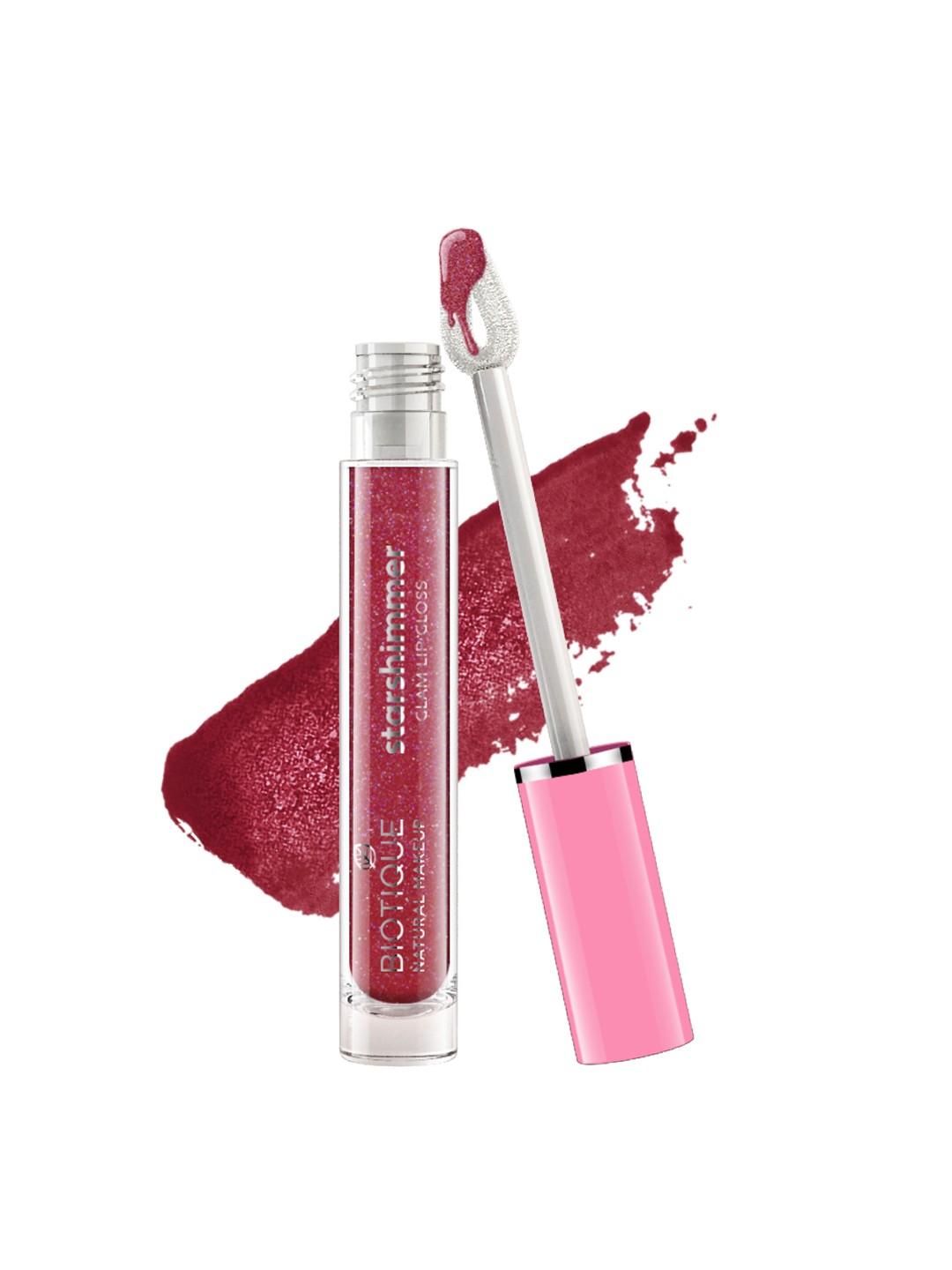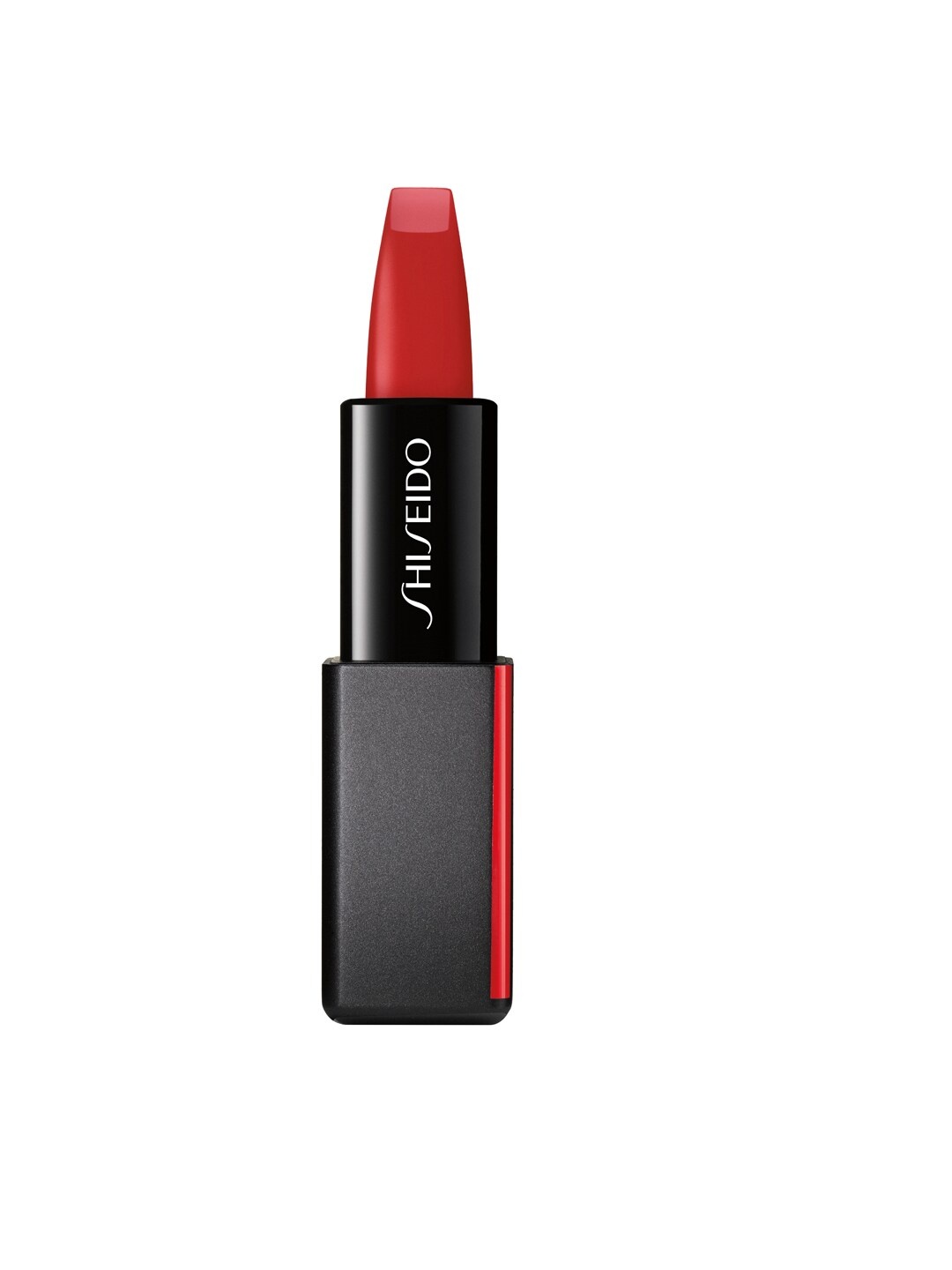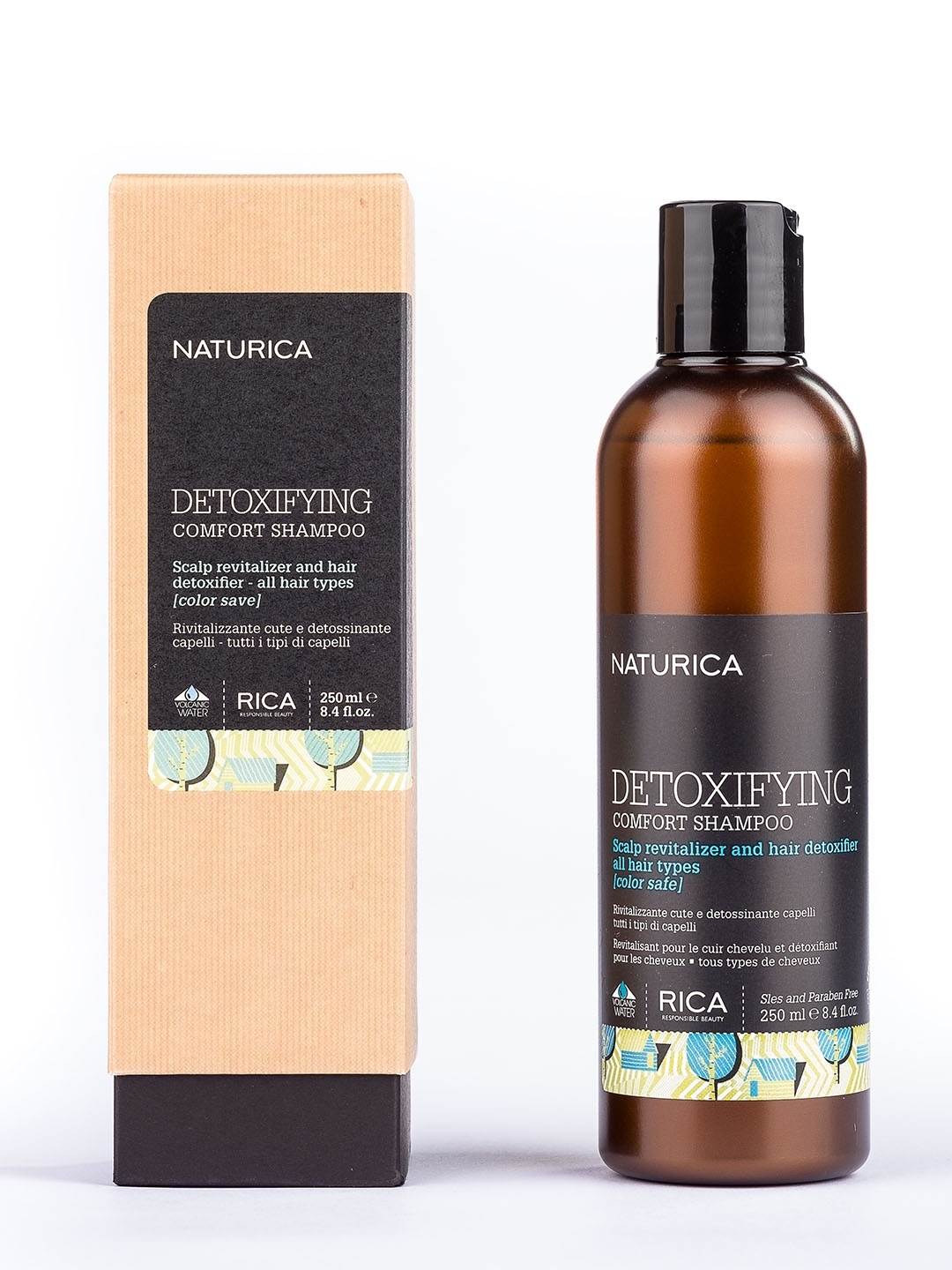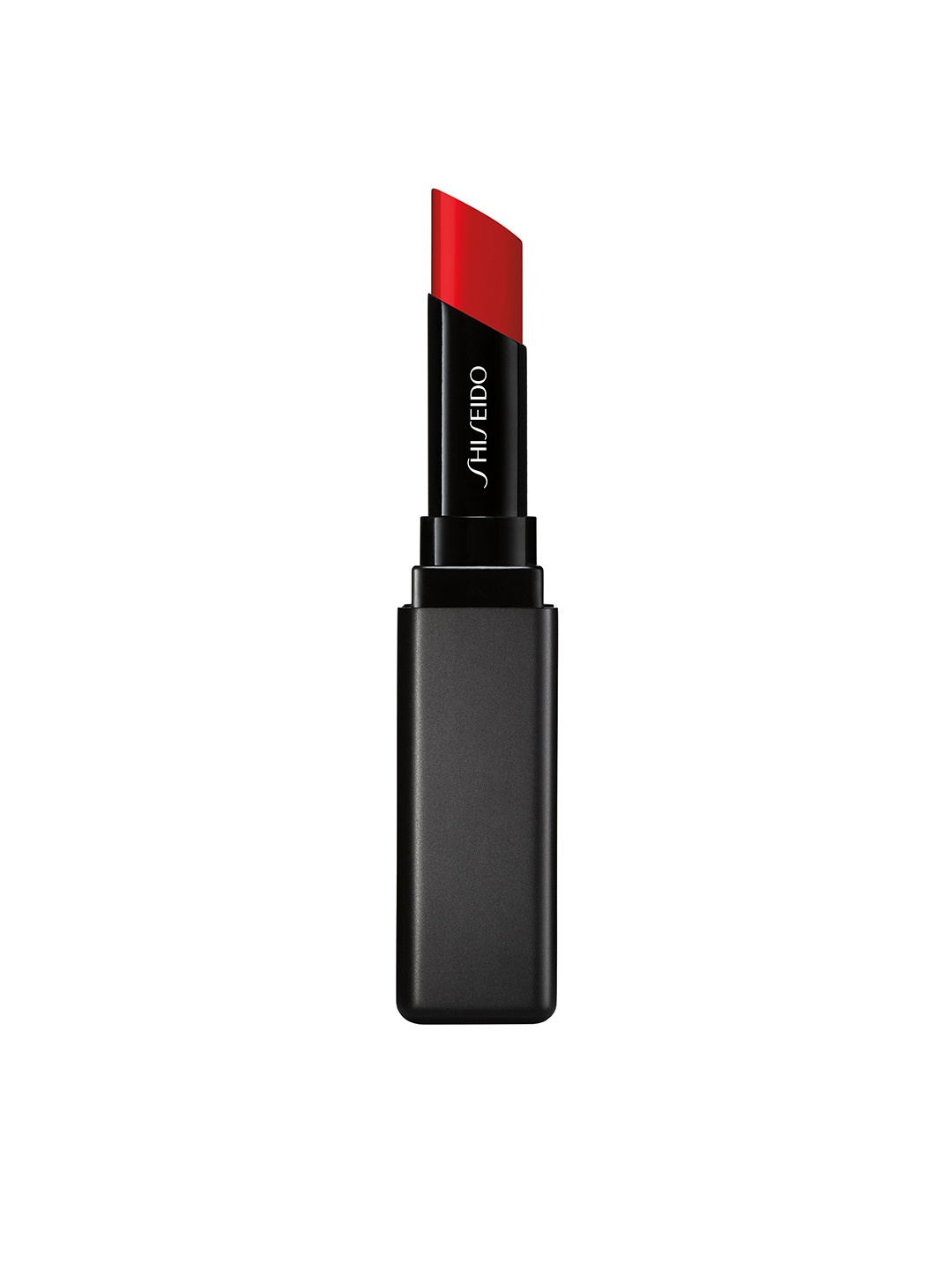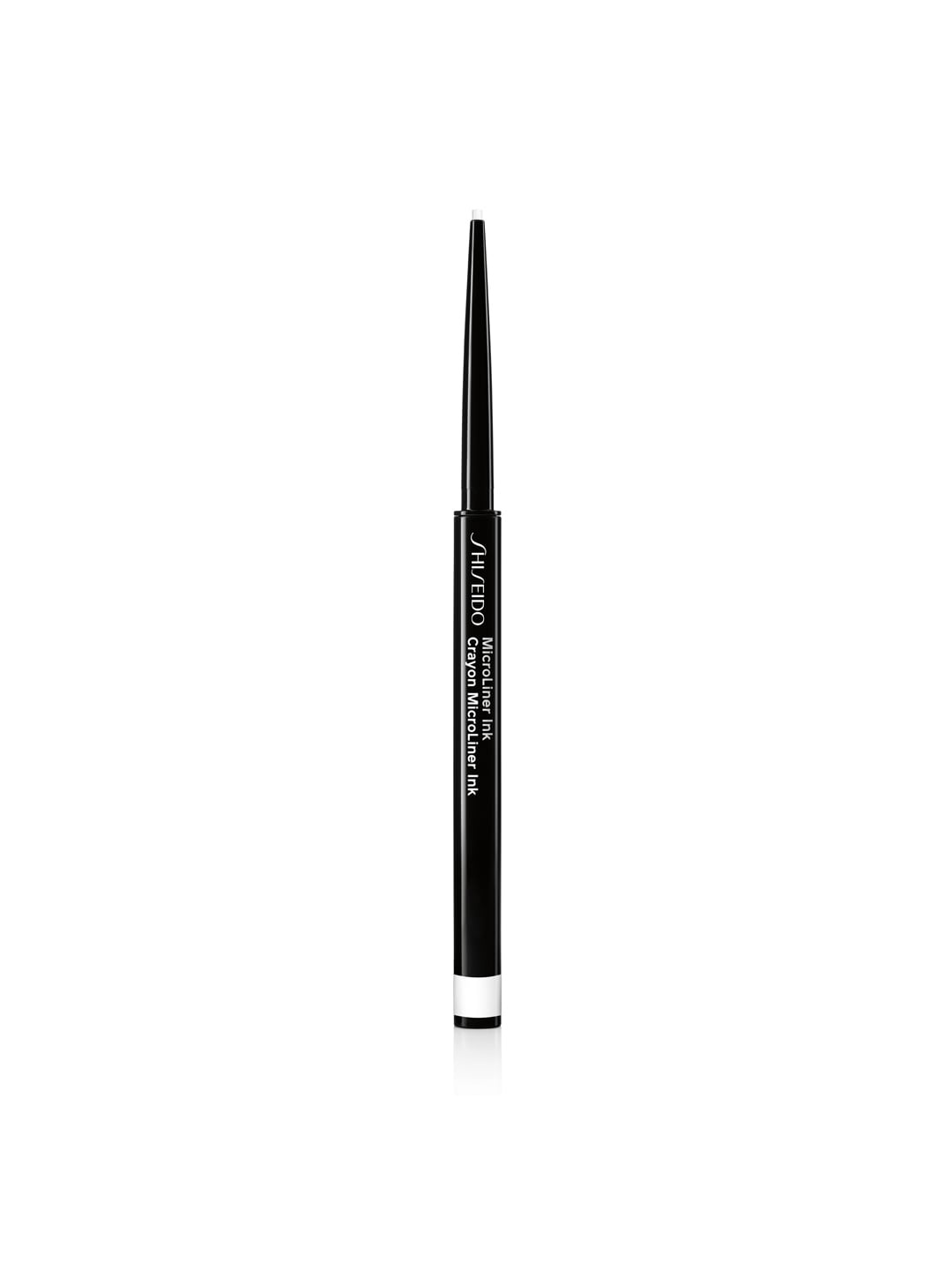Using Sunscreen? Here Is How to Read SPF Labels Without Getting Confused
Sunscreen labels can feel like a puzzle: SPF 15, 30, 50+, broad spectrum, PA+++ the list goes on. This is a simple, no-nonsense guide to understanding SPF so that your skin gets the protection it truly deserves. Here is a simple guide on how to pick the best SPF for yourself - best sunscreen for daily life.

Follow these 10 tips to read sunscreen labels easily.
The sun has a way of making everything look better: golden evenings, brighter mornings, a perfect Sunday by the pool. Yet, as much as the warmth feels soothing, there's a sneaky side to those rays. Overexposure can leave the skin tanned, aged, or worse, damaged. Sunscreen, of course, is the modern shield. But if you've ever tried buying one, you've probably noticed how baffling those labels can be. SPF numbers stare back like exam scores you don't understand, and the plus signs make things look more complicated than they are.
Choosing the type of sunscreen shouldn't feel like deciphering a chemistry equation. The key lies in knowing what those labels mean. Once the jargon is decoded, picking the right bottle becomes as simple as choosing between masala chai and ginger chai on a hot afternoon. Let's dive into the world of SPF and break it down step by step. Here is a simple guide on how to pick the best SPF for yourself - best sunscreen for daily life.

10 tips that can help you read sunscreen labels like a pro; Photo Credit: FreePik
1. What SPF Really Means, Not Just a Number
SPF stands for Sun Protection Factor, and contrary to popular belief, it's not a scale that measures how strong the sunscreen is. It indicates how long the sunscreen can protect your skin from UVB rays, the ones responsible for sunburn. For example, SPF 30 theoretically means you can stay in the sun 30 times longer than without protection before burning. But before rushing to grab SPF 100, here's the catch: no sunscreen blocks 100% of rays. SPF 30 blocks around 97%, SPF 50 about 98%, and SPF 100 only a little more.
Imagine it like locking your front door. Whether you use one sturdy lock or three, a determined thief might still find a way in. Similarly, even the highest SPF won't make you invincible. What matters is regular reapplication and generous coverage. Think of sunscreen as your umbrella in the monsoon; it keeps you dry only if you open it, not if it stays folded in your bag.
2. UVA vs UVB, The Twin Trouble Makers
The sun emits different types of ultraviolet rays, and the main culprits are UVA and UVB. While UVB causes visible sunburns, UVA goes deeper, leading to premature wrinkles, pigmentation, and skin ageing. The trouble is, UVA damage isn't always immediate, so many people overlook it.
This is where the term 'Broad Spectrum' comes into play. A sunscreen labelled broad spectrum protects you from both UVA and UVB. Without it, you might escape the burn but still get long-term damage. Think of UVB as the spark from a matchstick and UVA as the slow smouldering fire. Both can hurt in their ways, which is why you need protection on all fronts.
So, when scanning labels, don't just look at SPF. Hunt for the words 'broad spectrum' or PA+ signs. If not, you're only fighting half the battle while the other half sneaks in quietly.
3. The Mystery of PA+++ and Beyond
Many sunscreens now come with a PA rating system, especially those influenced by Asian formulations. PA stands for Protection Grade of UVA, and the plus signs indicate the strength of UVA protection. PA+ means some protection, PA++ is moderate, PA+++ is high, and PA++++ is very high.
It may sound like a grade on a school report card, but here, more plus signs are better. For a country where the sun blazes almost all year round, at least PA+++ should be your standard pick. It's like choosing between a ceiling fan and an air conditioner in peak May; both cool you down, but one does a better job.
So, don't get distracted by just the SPF number. Check the PA rating too, and you'll be making a much smarter choice.

Look for PA+++ along with the SPF number on sunscreens; Photo Credit: FreePik
4. High SPF Doesn't Mean All-Day Coverage
Many shoppers believe that slathering SPF 100 means a full day's freedom under the sun. Sadly, sunscreen doesn't work like prepaid mobile data packs, where the higher plan lasts longer. The truth is, even the highest SPF wears off with sweat, swimming, or simple skin oils breaking it down.
Dermatologists often recommend reapplying every two to three hours. Picture it like drinking water in the summer, you don't gulp one big jug in the morning and expect to stay hydrated till evening. Sunscreen, too, needs topping up. Whether you're on a Goa beach holiday or simply running errands in Bengaluru, that mid-day reapplication is non-negotiable.
So, if you notice your sunscreen promising 'all day protection,' take it with a pinch of salt. Reapplication is the real hero.
5. Why Quantity Matters More Than SPF 100
Here's a fact that surprises many: most people don't apply enough sunscreen. A pea-sized drop on the face won't cut it. Experts recommend about half a teaspoon for the face and neck, and around 30ml (roughly a shot glass full) for the whole body.
Think of it like making chai, skimp on the tea leaves, and it tastes weak no matter how long you brew. Sunscreen works the same way. Even if you've picked SPF 50, applying too little reduces its effectiveness drastically. And that defeats the whole purpose.
So, instead of stretching one ₹800 bottle for six months, invest in proper application. After all, glowing skin is a better investment than fancy handbags that fade in the sun.
Also Read: SPF 30 Or SPF 50: Are You Using The Right Sunscreen?
6. Sunscreen for Every Skin Type
Walking into a store, you'll find sunscreens in gels, creams, sprays, and even powders. The type you choose should depend on your skin. Oily skin tends to prefer lightweight gels, while dry skin benefits from creamy formulas. Sensitive skin might need mineral sunscreens with zinc oxide or titanium dioxide.
Skipping sunscreen because it feels sticky or causes breakouts is like refusing to wear seat belts because they wrinkle your clothes. With today's variety, there's something for everyone, even matte finishes that double up as a primer for makeup lovers.
So, don't stop at SPF labels alone. The texture and formulation make just as much difference in ensuring you'll enjoy using it every day.

Check the formula to find the best sunscreen for your skin type; Photo Credit: FreePik
7. Water Resistant Isn't Sweat Proof Forever
Labels often boast 'water resistant' or 'sweat proof,' but here's the fine print: water resistant usually means protection lasts for about 40 to 80 minutes in water. After that, you're back to square one.
This is crucial for those who enjoy swimming, trekking, or even outdoor sports like cricket in the blazing sun. It's like thinking a raincoat keeps you dry in a drizzle, but after a downpour, you still end up drenched if you don't seek shelter.
So, when choosing sunscreen for outdoor activities, look for water resistance, but also remember to reapply frequently. Better safe than sorry when the sun plays hardball.
8. Expiry Dates Matter More Than You Think
That half-used bottle lying at the back of your cupboard from last year's holiday in Kerala? Check the expiry date before using it. Sunscreens lose their effectiveness over time, and expired ones can be as unreliable as promises from politicians during election season.
Using an expired sunscreen might not just leave you unprotected but could also cause skin irritation. Considering how much we spend on skincare products, ignoring this tiny detail can undo months of careful routines.
So, the next time you restock, note the expiry date and use it up consistently rather than saving it 'for special occasions.' Sun protection is needed daily, not just on vacations.
9. Daily Sunscreen Isn't Just for Holidays
Many people still think sunscreen is only necessary on beach trips or hill station getaways. The truth is, harmful rays don't take a holiday. Even a morning commute or a walk to the vegetable market exposes you to UV damage. Glass windows and cloudy skies are no barriers either; UV rays pass through them with ease.
Think of sunscreen as brushing your teeth. You wouldn't skip brushing just because you're not meeting anyone that day. Similarly, sunscreen should be a non-negotiable daily ritual, whether it's a workday or a lazy Sunday at home.
Regular use adds up in the long run, keeping the skin healthier and younger for years. Consider it as insurance against future regrets.

Apply sunscreen everyday because UV rays don't take a vacation; Photo Credit: Pexels
10. Don't Fall for Marketing Gimmicks
The beauty aisle is filled with tempting words: whitening, fairness, anti-pollution, instant glow. While some may sound appealing, what matters is SPF, PA rating, and whether it suits your skin type. Everything else is mostly packaging glitter.
A sunscreen that promises a 'bridal glow' but skips broad-spectrum protection is like buying a smartphone with a glittery case but no proper storage or camera quality. Focus on the essentials instead of the hype.
Reading labels carefully is the smartest way to ensure value for money. In the end, your skin won't thank the marketing slogans, but it will thank the actual protection.
Products Related To This Article
1. Aroma Magic Sunscreen - SPF 30 PA++ Matte Sunblock Lotion
2. Aroma Magic Sunscreen - SPF 30 PA++ Cucumber Lotion
3. NutriGlow Sunscreen - SPF 40 PA+++ Sunscreen Fairness Liquorice UV Lotion
4. Joy Sunscreen - SPF SPF 50 PA+++ Tinted Mattifying Sunscreen with Natural Tone
5. Dermatouch Sunscreen - SPF 50 PA+++ Multivitamin Gel
6. deconstruct Sunscreen - SPF 55+ PA+++ Lightweight Gel Sunscreen
7. Foxtale Sunscreen - SPF 50 PA+++ Glow Sunscreen with Vitamin C & Niacinamide for a Dewy Glow
Decoding sunscreen labels doesn't have to feel like preparing for a science exam. Once the basics of SPF, UVA, PA ratings, and application habits are understood, the confusion clears. Sunscreen isn't just about avoiding a tan; it's about long-term skin health, comfort, and confidence.
So next time you're browsing through the shelves, don't let the numbers and signs overwhelm you. Think of them as a friendly guide rather than a riddle. After all, the right sunscreen is not just a beauty product but a daily shield, your silent partner against the sun's fiery love. Plus, you can shop sunscreens online and get sun protection anytime, anywhere.
Disclaimer: The images used in this article are for illustration purpose only. They may not be an exact representation of the products, categories and brands listed in this article.








